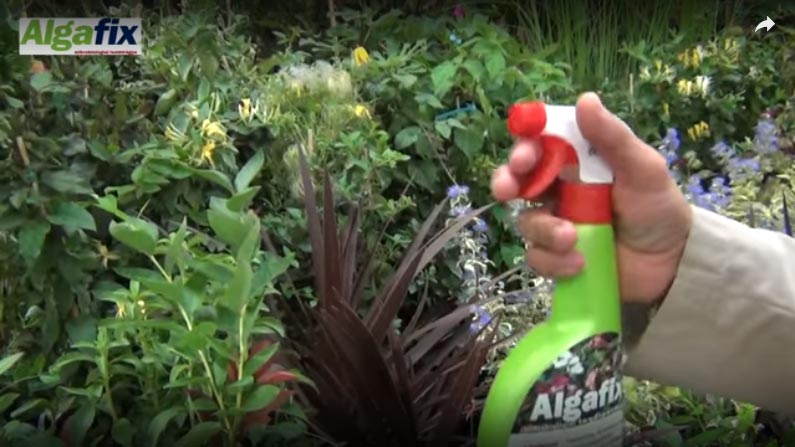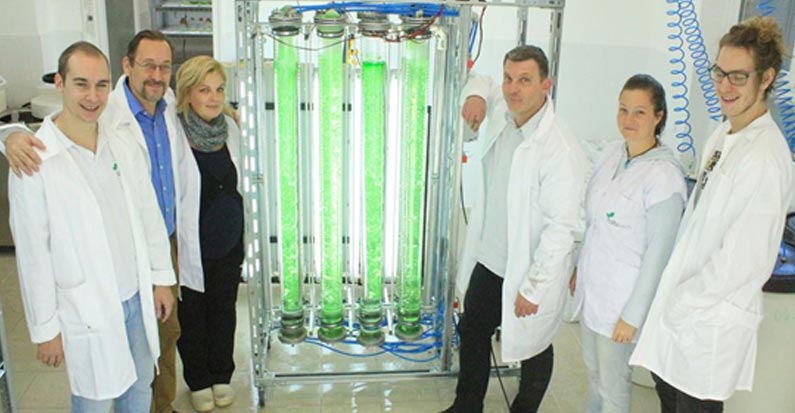AlgaFix AntiStress Technology
Juvenile plants are exposed to a series of stress factors, that can seriously affect crop yield. The most important of such factors are suboptimal weather conditions, poor soil quality, microbial infections and harmful chemicals (e.g. pesticide residues or the applied herbicide).
A key aspect in agricultural technologies is to minimize stress factors affecting the developing plants (optimal sowing time, appropriate plant protection) and to support plants in combatting inevitable stress factors. With the AlgaFix organic foliar fertilizer, such needs can be fully met, as our product improves the stress-tolerance and regenerative capacity of plants. The earlier it is applied, the reliable its effect is, since this year the risk of herbicide-related stress is higher than usual.
The AlgaFix AntiStress Jet is a device adapted for the treatment of developing plants. In Hungary, approximately 10,000 tons of herbicide is applied every year, which is a shockingly high quantity.
At least half of it could be excluded by applying weedkillers only on rows and the mechanical removal of weeds from inbetween the rows, by interrow cultivators. The excessive use of herbicides can lead to the contamination of drinking water (up to the magnitude of nanograms/l in the drinking water of Budapest).
Another concern is that herbicides cause severe stress to plants. This is manifested in reduced growth rate and yellow discoloration in the first 2 weeks after herbicide treatment. Of course, there are differences between herbicides and breeds/hybrids also show differences in their sensitivity. Suboptimal weather and soil conditions also reduce stress-tolerance. Certain weedkillers need at least 10-20 mm of rainfall after administration to take effect.
Last year it caused serious damage, as weeds, unaffected be the weedkiller, competed with the cultivars for moisture in the soil. During the 50 years of using chemical plant protection, the longest period of drought was experienced in the year 2012, which raises concerns over excessive herbicide residues in soils, a potential risk factor in the spring period. It is definitely worth finding out what are the prescriptions for certain second crop species.
Always follow instructions for deep ploughing and take soil pH into consideration. Plots are not homogenous and there is a high risk that the sowing can be at least partially damaged by herbicide residues.




